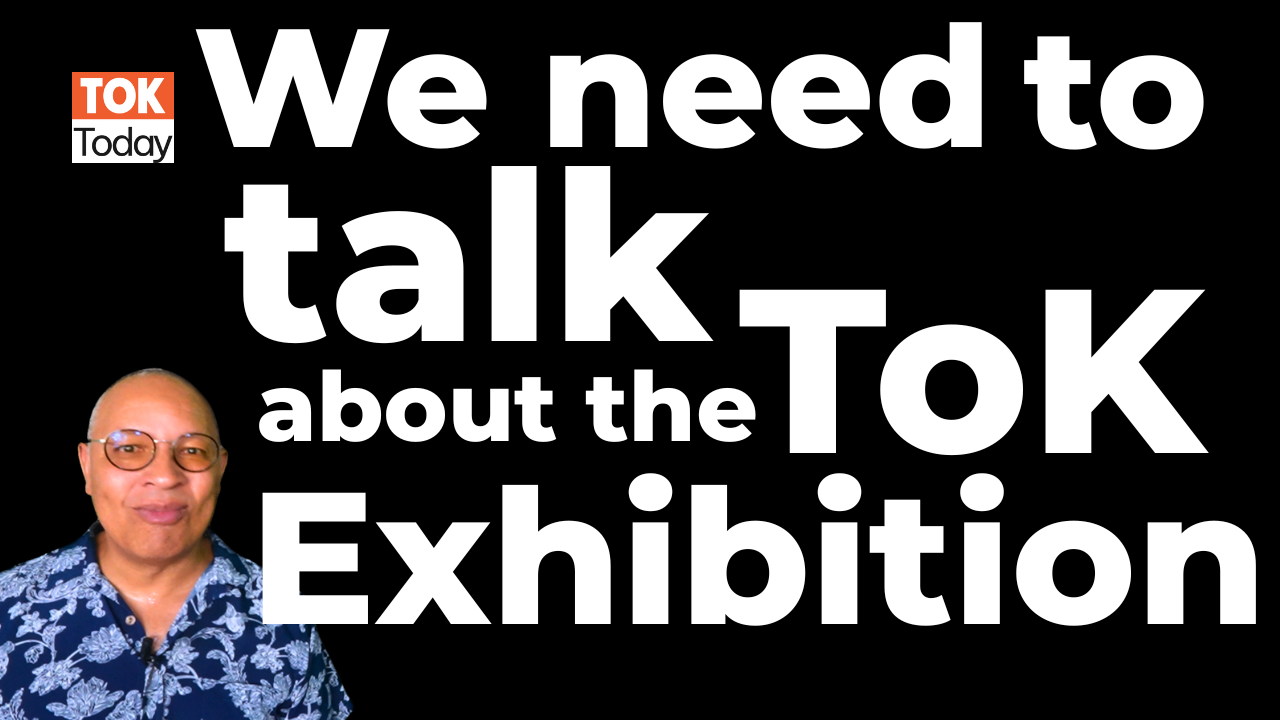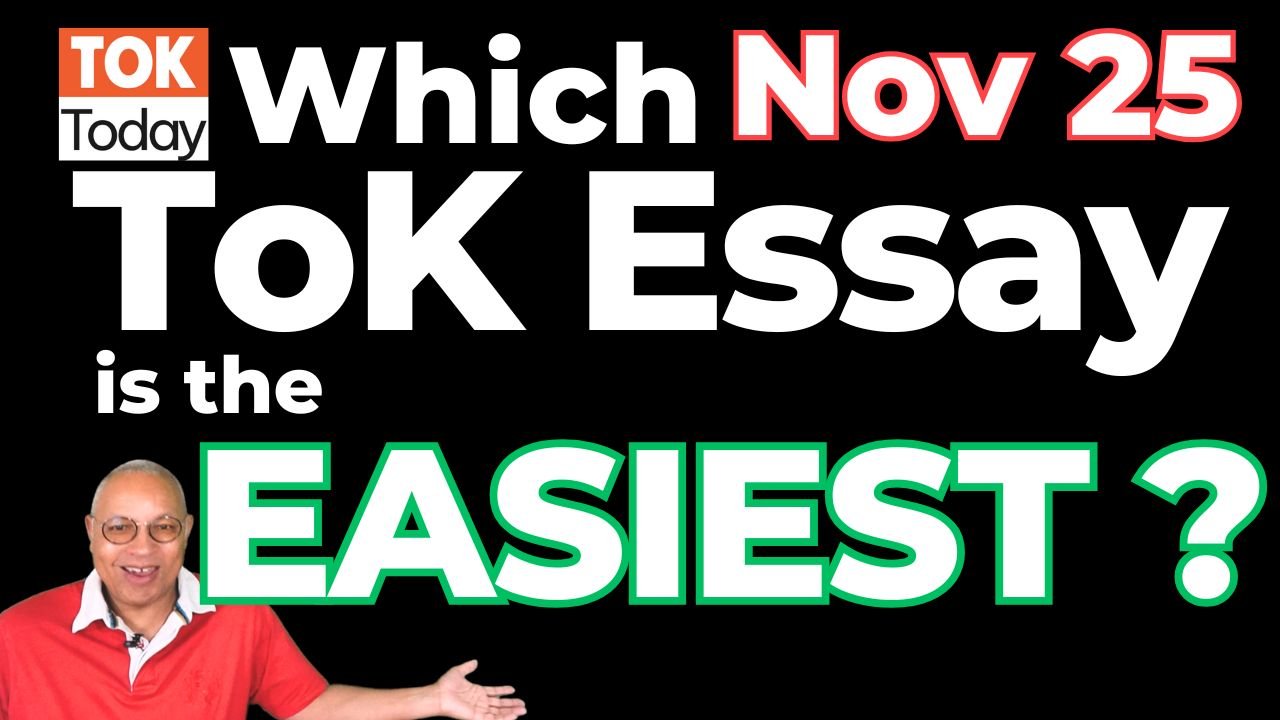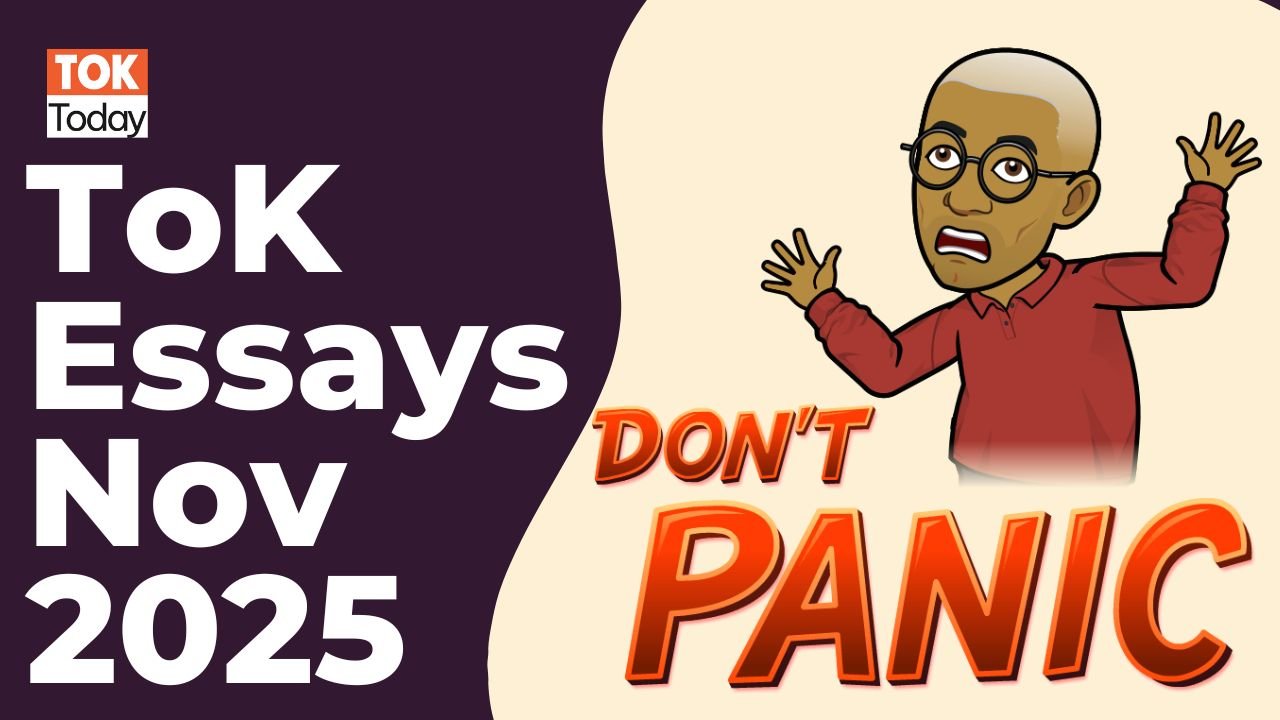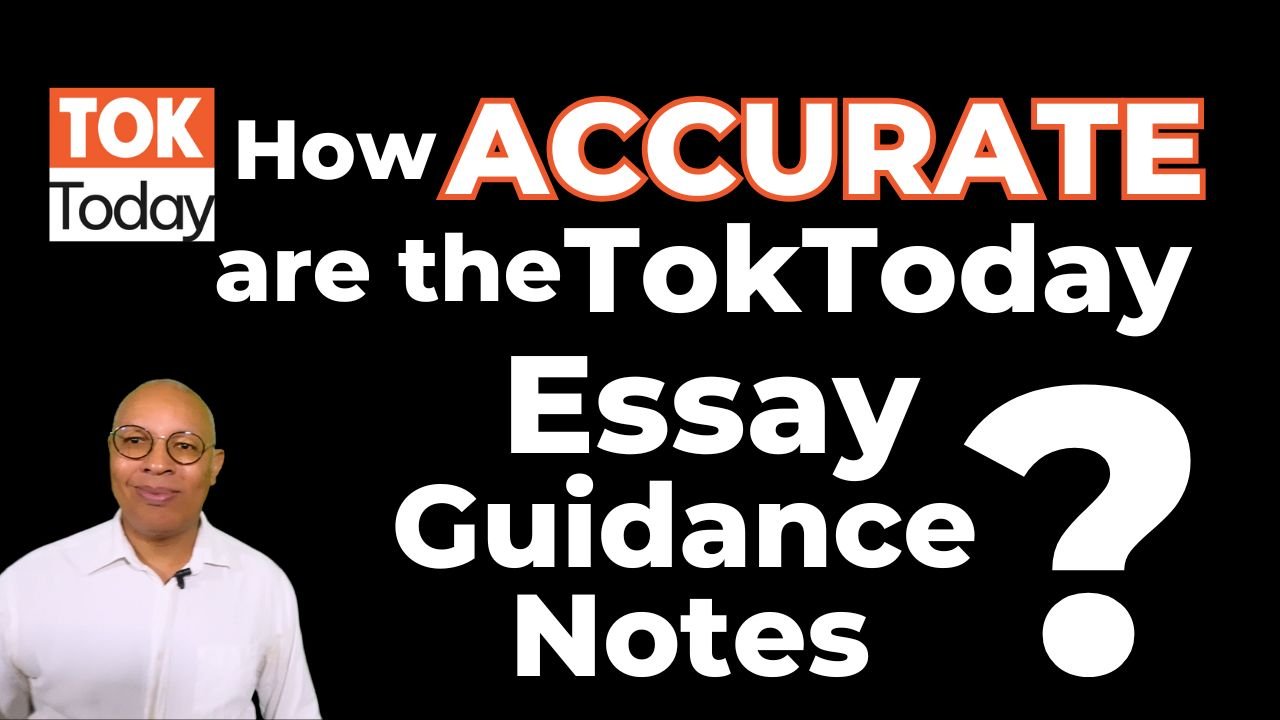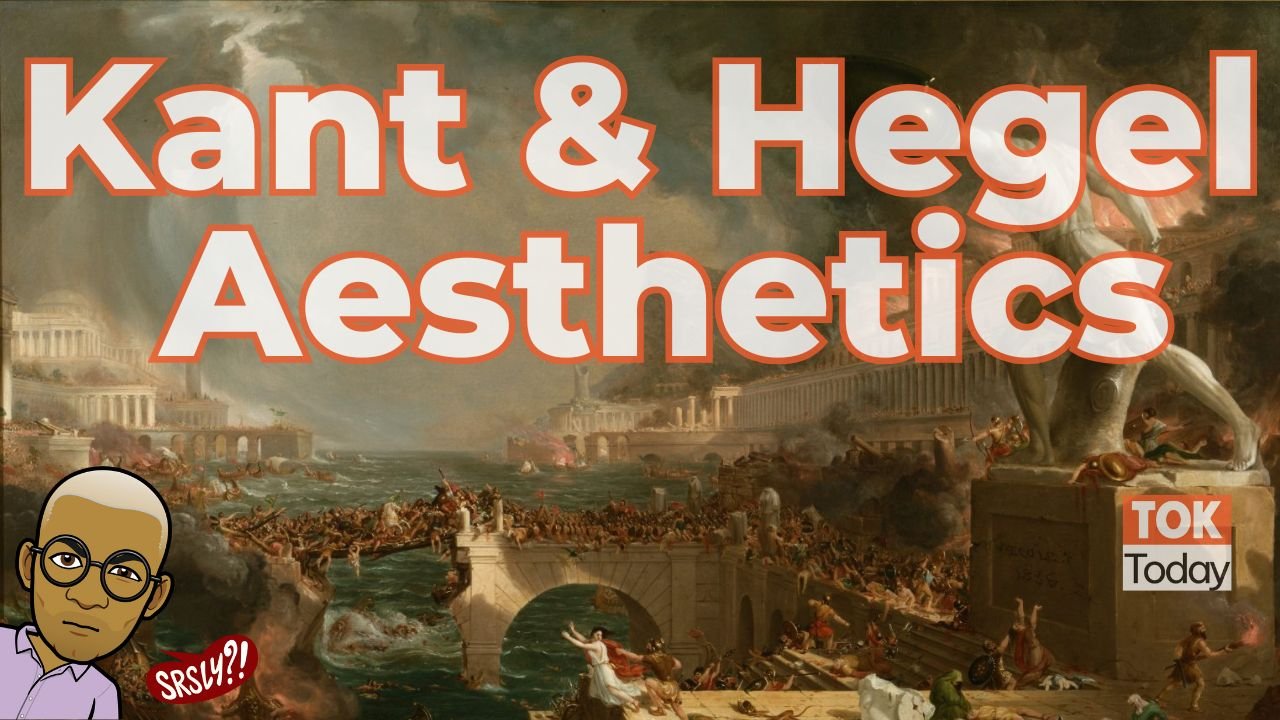
free Resources for writing a Theory of Knowledge Essay
Free resources to help students write the ToK Essay

ToK Essay Titles (May 26) explained using paintings
What can Goya, Velázquez, Bosch and El Greco teach us about the Theory of Knowledge?
In this ToKToday feature, Daniel explores how the May 2026 ToK Essay Titles come alive through six masterpieces in Madrid’s Prado Gallery.
Each painting becomes a visual essay on observation, interpretation, context, and doubt — showing that the pursuit of knowledge is not only a matter of thought, but also of vision.



